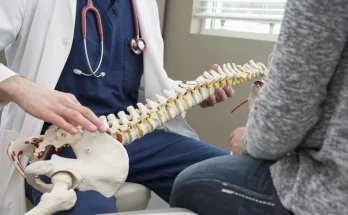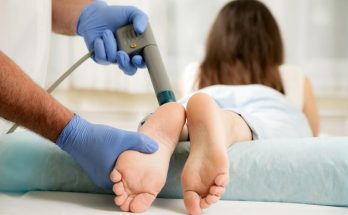Preventive care is a cornerstone in internal medicine. It’s like a watchful gardener, weeding out potential health issues before they bloom into complications. hypertension virginia is an example. This condition is often silent, stirring beneath the surface. It waits for the right moment to strike. With preventive care, we can catch it early. We can stop it in its tracks. The importance of preventive care in internal medicine is hard to overstate. Let’s explore why.
A Closer Look at Preventive Care
Preventive care is similar to the principle of a stitch in time saves nine. It focuses on prevention rather than cure. Regular check-ups, screenings, and vaccines are part of this game plan. They help us see the red flags before health issues become severe.
The Case of Hypertension
Hypertension, or high blood pressure, is a perfect example. It is often called the ‘silent killer’. Why? It shows no clear signs. Yet, it can lead to heart disease or stroke. Preventive care can catch hypertension early. It can help us control it before it causes harm.

The Benefits of Preventive Care
Preventive care has three major benefits.
- It saves lives. Early detection means effective treatment.
- It saves money. Prevention is often cheaper than cure.
- It improves quality of life. Managing a condition can be better than suffering its effects.
Preventive Care in Internal Medicine
Internal medicine relies on preventive care. Doctors observe signs. They advise lifestyle changes. They prescribe medicine if needed. It’s all about staying one step ahead.
Consider diabetes. Regular screenings catch high blood sugar levels. Lifestyle changes and medication can then be in check. Thus, preventive care stops diabetes from leading to kidney disease or eye problems.
Comparison of Preventive and Reactive Care
| PREVENTIVE CARE | REACTIVE CARE | |
|---|---|---|
| Cost | Lower | Higher |
| Approach | Prevention | Cure |
| Health outcomes | Better | Worse |
In conclusion, preventive care is vital in internal medicine. By acting early, we can save lives, and money, and improve our quality of life. For more information on preventive care, visit CDC’s Preventive Health page.




